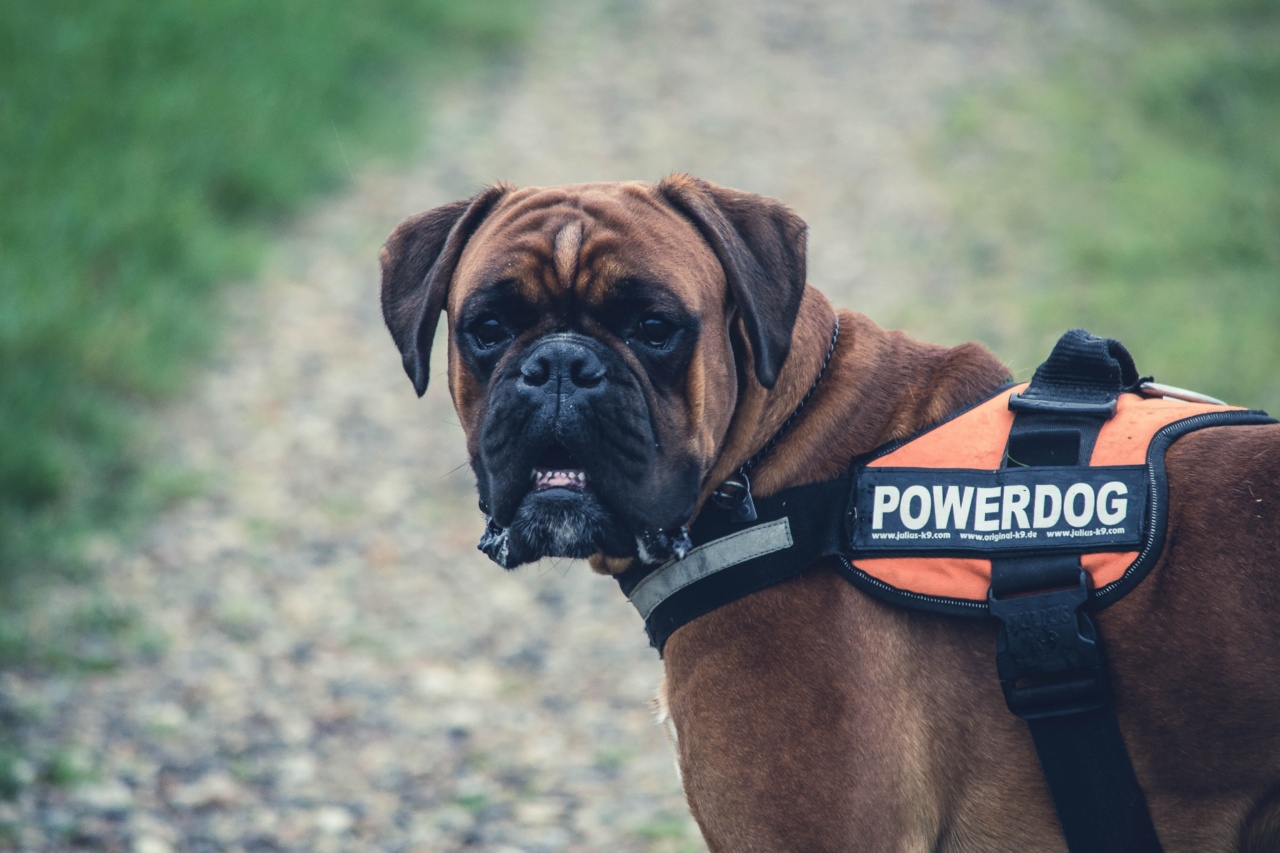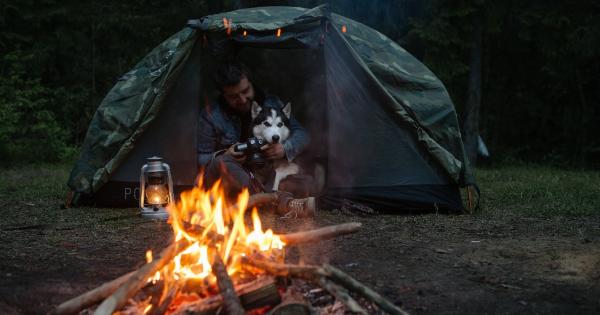Approaching a scared dog after a dangerous experience can be a challenging task. Dogs, just like humans, can experience trauma and develop fear towards certain situations or people.
Whether your dog has recently been in a dangerous situation or has been fearful for a while, it’s important to approach them with care, patience, and a deep understanding of their behavior.
Signs of Fear in Dogs
Dogs express fear in various ways, and it’s crucial to be able to identify these signs to ensure a safe approach. Some common signs of fear in dogs include:.
- Aggression: A scared dog might display aggressive behaviors such as growling, barking, or even biting. It’s important not to provoke or challenge the dog during this state, as it can escalate the situation.
- Body Language: Dogs will often display defensive body language when they are scared. This can include cowering, trembling, tucked tail, pinned ears, or even raised hackles.
- Avoidance: Scared dogs may try to avoid any interaction or approach by hiding, backing away, or seeking a safe space.
- Panting and Pacing: Dogs may exhibit signs of restlessness, pacing back and forth, or excessive panting when they are anxious or scared.
- Excessive Startle Response: A scared dog may have an exaggerated startle response to sudden noises, movements, or unfamiliar objects.
Creating a Safe Environment
Before attempting to approach a scared dog, it’s essential to ensure their environment is safe and secure. Remove any potential hazards or triggers that could exacerbate their fear.
Providing a quiet and calm setting can help create a more relaxed atmosphere for the dog.
Building Trust and Establishing a Routine
Approaching a scared dog requires establishing trust and a predictable routine. Dogs feel secure when they know what to expect. Setting a consistent schedule for feeding, exercise, and playtime can help reduce their anxiety and build trust over time.
Using Positive Reinforcement
Positive reinforcement is a powerful tool for helping scared dogs overcome their fears. Reward-based training techniques can help them associate positive experiences with previously fearful situations.
Treats, praise, and gentle petting can help create positive associations and build their confidence.
Gradual Desensitization Technique
A gradual desensitization technique can be an effective approach to help a scared dog overcome their fears. This technique involves exposing the dog to their fear-inducing stimuli in a controlled and gradual manner.
For example, if a dog is scared of loud noises, start by playing a recording of the noise at a very low volume. Gradually increase the volume over time as the dog becomes more comfortable.
It’s important to proceed at the dog’s pace and never force them to confront their fear. This gradual exposure helps the dog build confidence and reassures them that the fear-inducing stimuli is not a threat.
Seeking Professional Help
If a scared dog’s fear is severe or persists despite your efforts, it may be necessary to seek professional help from a certified dog behaviorist or trainer.
These professionals have experience working with fearful dogs and can provide tailored guidance and training techniques to help your dog overcome their fears.
Patience and Persistence
Approaching a scared dog is not an overnight process. It requires patience, persistence, and a deep understanding of the dog’s needs and limits. Every dog is unique, and the time it takes for them to overcome their fears can vary.
Be prepared for setbacks along the way and celebrate small victories. Each small step towards overcoming fear is a significant achievement.
Building a Strong Bond
Approaching a scared dog after a dangerous experience can be an opportunity to build a strong bond based on trust, love, and support.
By understanding their fears and patiently helping them overcome them, you can forge a deep and lasting connection with your furry friend.






























